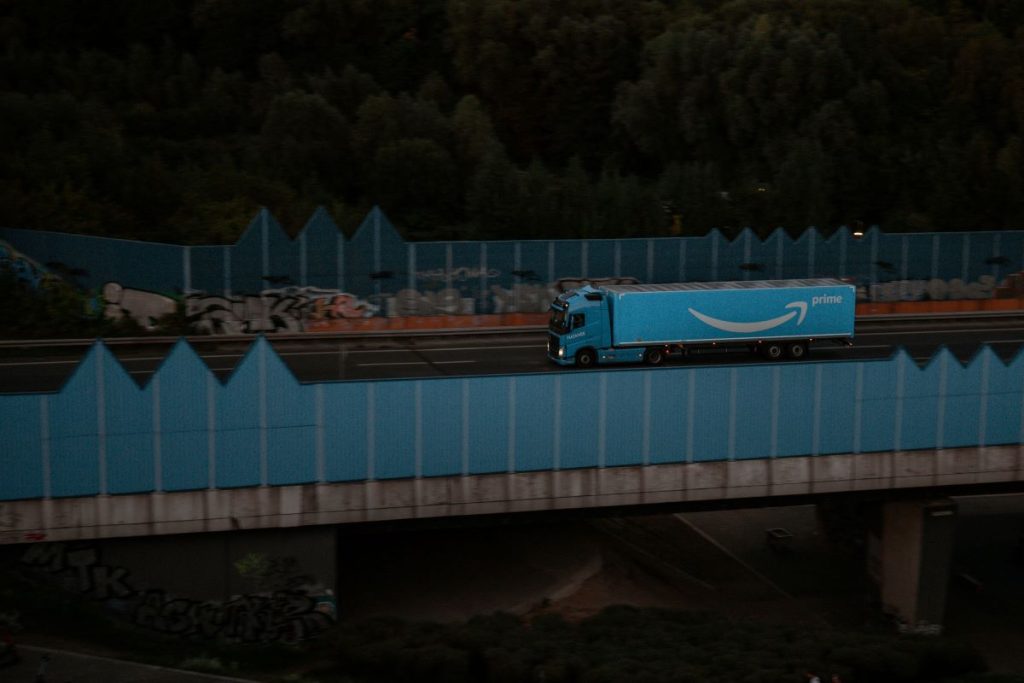Amazon’s CEO, Andy Jassy, announces a significant overhaul of the company’s inbound fulfillment processes, aiming to improve inventory placement, expedite deliveries, and reduce transportation costs.
Amazon is in the process of revamping its inbound fulfillment processes for inventory entering its logistics network. The e-commerce behemoth has implemented hundreds of changes to its U.S. inbound logistics network and has inaugurated over 15 buildings dedicated to the inbound process.
The primary goal of this re-architecture is to enhance the company’s ability to distribute inventory across its fulfillment centers. According to Jassy, the changes have already resulted in a 25% year-over-year improvement in spreading inventory across fulfillment centers. This allows Amazon to have more of the necessary items in the fulfillment centers closest to the customer, enabling faster compilation and shipment of orders.
Challenges and Investments
While Amazon’s executives are optimistic about the benefits of the overhaul, third-party sellers are encountering difficulties during the transformation. Inbound capacity constraints at West Coast locations have resulted in extended processing times for seller inventory. To mitigate this, Amazon is rerouting shipments and offering lower placement fees for products destined for the Eastern U.S.
Amazon’s commitment to the changes is evident, with CFO Brian Olsavsky stating that the company is continuing to invest in its inbound network.
Automation and Robotics in Fulfillment Operations
In addition to the inbound network, Amazon is also investing in other aspects of its supply chain to further strengthen fulfillment operations. The company is increasing its use of robotics to enhance delivery speeds and employee safety. A recent example is the opening of a fulfillment center in Shreveport, Louisiana, that employs robots to streamline stowing, picking, packing, and shipping processes.
Despite having more extensive automation and robotics than other retail peers, Jassy believes it’s still early days in terms of the level of automation expected in Amazon’s fulfillment network.




